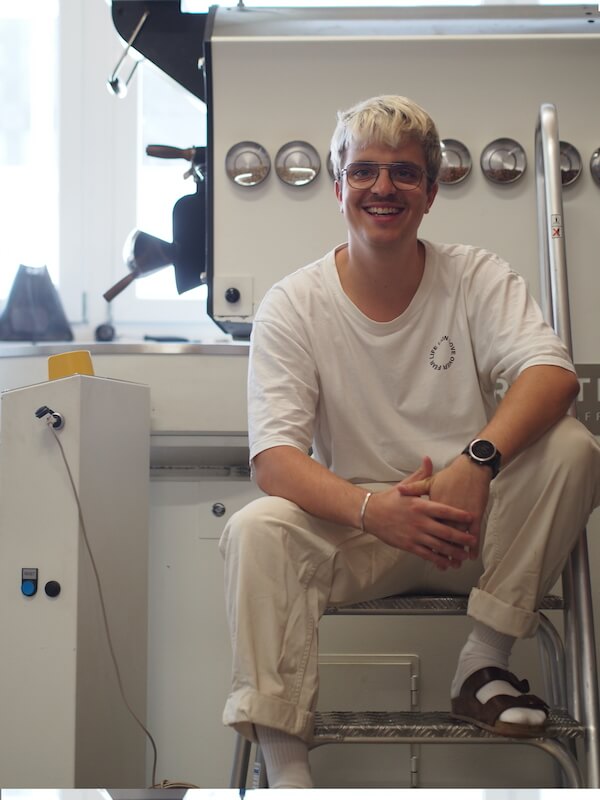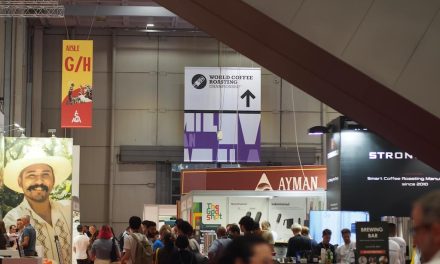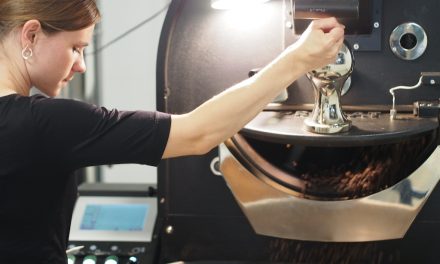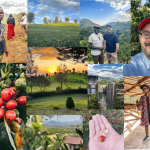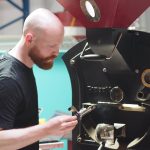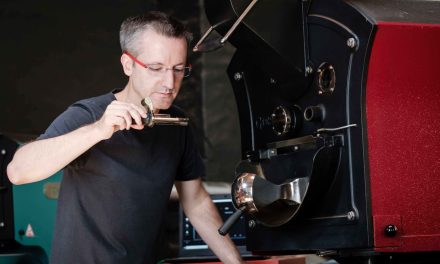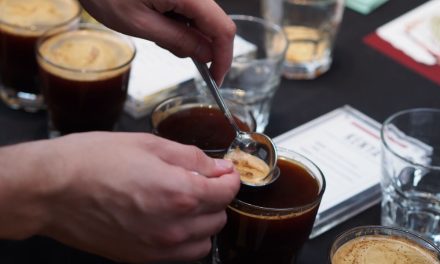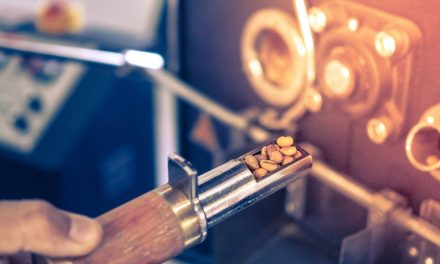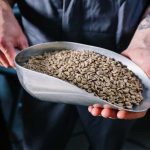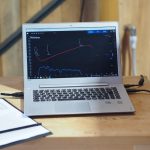
How did that happen, Fynn: Why change the roasting software though it works perfectly?
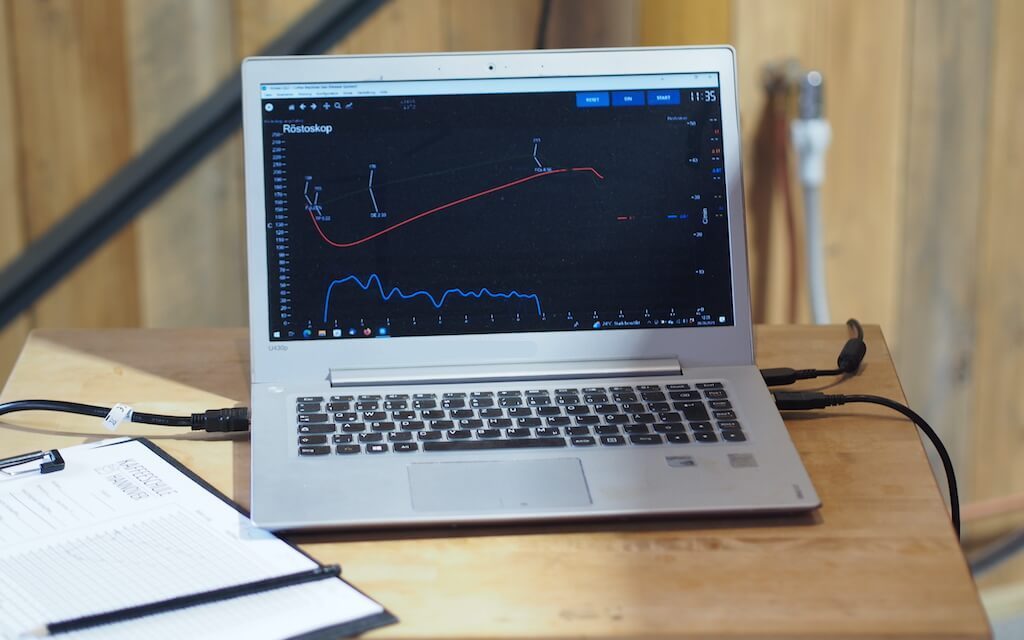
Why does a roaster change their roasting software even though it works perfectly?
We talked to Fynn from the Cofymi coffee roastery about what motivated them to switch and how they went about it.
This article is for you if you…
…have ever considered using Artisan as your roasting software
…want to know why and how other roasters have decided to use it
….want to hear a first-hand account.
Which software did you switch from and to which software?
We previously used the old Giesen Profiler and have now switched to Artisan. With the integration of Artisan Plus, i.e. the storage software.
How did it all begin?
We used the Giesen Profiler because we simply worked with it from the very beginning. It was already there when we started roasting here, so to speak. I learned how to roast on it and when you learn how to roast, you first try to keep all variables as small as possible. Then you start optimizing the coffee and at some point the processes behind it. And as I got more and more confident in it and found my way around roasting coffee, I slowly but surely realized: I need different software.
And then I looked into what was available. There aren‘t that many providers of roasting software. We decided that Artisan was the software we should at least try out. We’ve been trying it out for almost a year now and we’re very satisfied.
There is this prejudice against Artisan: You have to work on the software a lot before you can roast coffee with it? Can you confirm this or is it different?
Absolutely! So I needed a good day to integrate Artisan timewise, even though I am digitally savvy and know my way around. Nevertheless, I ultimately had to call a good friend of mine who studied IT.
Of course, Artisan doesn’t have a large support structure or anything like that. It’s a freeware program. It comes from the home roasting area of people who just said, “we need a software that is as universal as possible for our small roasting oven, where we can adjust any parameter.” And you can still see that today.
You can adjust every possible parameter, from the color of the lines to the color of the buttons to the X-Y axis calculation and the rate of rise, however you like. And it’s very practical.
I find the basic functions that I use now to be perfectly adequate. I don’t even try to go into the other levels because I would risk breaking everything. And I’m happy with how it is now; it works very well for us.
What other roasting software were you considering trying?
I have to start with our needs. We needed a better way to map our stock.
At the time, I was still doing this in a very laborious way with Excel spreadsheets, i.e. with reports, cumulative figures, and comparing the stock from the previous month with that of the current month. If you forget that for a month, you have to do it for two or three months in a row, but you can’t reconstruct it. And that was a real pain for me, so I’d like it to be semi-automated.
Then I looked at which software providers could map this. And there is Cropster, which everyone will know. It is very easy to use, looks very good, and also maps the entire green coffee warehouse situation. On the other hand, there is of course the practical function of integrating the cupping protocol, where you can also enter all the cupping scores and cupping results in one app.
And you can add your green coffees to that. That’s also very practical, but it’s very expensive. And since we were in the early stages of our roastery, we said we needed a solution that also offered some of these functions but wasn’t too expensive. And that’s when we came across Artisan.
I did some research and also consulted with various colleagues. Then we came to the conclusion, ok, we’ll just try it out now. And since then we have also been using Artisan Plus with the inventory software. That’s the only expensive component of Artisan.
The roasting software itself is completely free of charge and if you want to use the Artisan Plus inventory management software, you pay a monthly fee.
How does Artisan perform in daily use? Are you still euphoric or have new pain points emerged?
It’s definitely no longer euphoria, because we’ve already roasted several tons with it, and we’re still satisfied with it.
From that point of view, I can say that this program meets the needs I had. And that’s especially true for the warehousing software.
There are one or two points where I can say it could be improved. There are more options for controlling, more evaluation options and in terms of user experience. It’s not quite as nice as Cropster, for example. I’m actually the kind of person who likes to make sure things are nice, but in the end it’s production and the program doesn’t look like anyone except us.
Artisan definitely has some potential for improvement, and it is also a very dynamic process of further development. The software developers are very open to feedback from the community, and they are also doing a good job of improving the whole program from month to month and year to year.
They take on board the suggestions, wishes and needs of the customers, the roasters, from Germany and, I believe, now from all over the world. Although it was originally a German product.
What convinced me about Artisan is that as a new customer you get three months’ free access. And depending on which package you choose afterwards, you can either pay monthly, quarterly, or annually. Depending on your choice, it will be a little cheaper or a little more expensive, but you also have a great deal of flexibility.
We then tried out this system for three months, free of charge, and only then did we decide to pay for it and take money out of our pocket.
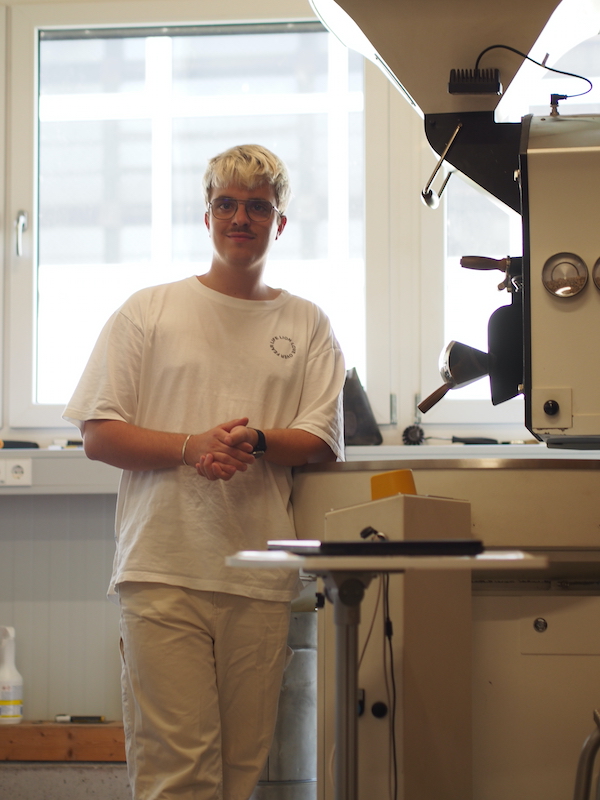
What do you think: will Artisan exist “forever” or will they discontinue it one day? Do you have a plan B?
I’m not worried about that. The option of discontinuing the program always exists.
The last two years here in the roastery have always been dynamic and many obstacles have been put in our way. And from this experience, I can also say that we have always found solutions so far. I don’t spend any time worrying about such scenarios.
Did you take your existing roast profiles with you or create new ones?
I created the new ones. With the old GiesenProfiler, you can certainly export them, but I haven’t looked into that in detail.
A technical question: what operating system do you work on and is there a version for that?
We work on MacOS, so on Apple devices. This is actually very exciting because I have often heard the myth that Artisan is not available for this. I can clear that up here: it is also available for MacOS and it works perfectly.
We have now bought a slightly older Apple device for production, from 2013/2014. It is a bit slower, but Artisan works fine on it too. And I know from colleagues who use Windows that they also have relatively few problems with it.
So, to summarize, Artisan runs on MacOS and Artisan Plus is web-based, i.e. in the cloud. I can log in from any computer and access my data, create different warehouses, and see how much is left. And it also works on my cell phone.
In your opinion, for whom is Artisan worthwhile?
You have to look at that in a differentiated way: On the one hand, there is the implementation, i.e. the initial setup, and on the other hand, there is the use.
As I said, I found the initial installation very difficult, even though I don’t usually have much trouble with IT things.
That’s why I can only recommend it if you have someone at hand to show you a little, or a roaster who has already installed it, which is good.
We have now seen this with a roasting colleague. He has now also purchased Artisan, or has also switched from the old Giesen Profiler to Artisan. He had asked me if I could help him because I have done this before, this process. With him, the new system was up and running within 10 to 15 minutes. Then it’s not a problem at all.
In any case, it’s helpful to have someone who knows their way around. And if you don’t want to go into the depths of the Artisan software, it’s completely intuitive to use. Not as intuitive as Cropster, but you don’t have to have a degree in IT either.
We had previously used the old GiesenProfiler software, not the new one. I also took a look at the new GiesenProfiler in the process. It looks really good, is well made, very appealing, and has cool features, no question about it.
I only didn’t use it because they didn’t implement any warehouse management software. I then called Giesen and asked, but that is not planned for the time being (as of August 2021; editor’s note).
Thank you for the interview, dear Fynn!
About Fynn
Fynn is co-founder and connoisseur at Cofymi coffee roastery in Herrenberg/Germany. He takes care of the coffee selection and is always happy to receive customer feedback to make the coffees even better.
Cofymi website: www.cofymi.com
Cofymi Instagram: www.instagram.com/cofymi_oficial
Artisan website: www.artisan-scope.org
Artisan stock website: www.artisan.plus
